An Infopulse’s survey highlights that most significant challenges faced by the telecom industry include disruptive competition, lack of organizational ability, lack of ROI and changing customer needs and attitudes.
At our recent CXO Digital Forum, we set out to uncover our technology partners’ perspective on this, and where telcos can harness technologies to keep up. Ken Wee, our SVP of Alliance Partnership and Innovation, discussed this during our forum’s Unconference segment:
Also hear from our technology partners on how telcos can get their ROI with 5G at our CXO Digital Forum 2020 Unconference. Listen to their conversation here.
 Sunil Gupta, Chief Technology Officer, HP Enterprise
Sunil Gupta, Chief Technology Officer, HP Enterprise
Given 5G is the front runner in changing how the digital transformation will be delivered by the telcos. If you see 3G and 4G, it was mostly about benefits to consumers and what 5G will bring. For the first time, 5G’s focus of digital transformation for the enterprise. Digital Transformation is about how a business is transforming because of COVID or any external factors. They start using the AI, leverage their data, embrace new technologies, and it all depends on how these businesses are adopting 5G for the future.
From the telco point of view, 5G gives them scalability for their digital transformation and at the same time, delivers security and efficiency of operations. They can start with a small step, and what it will bring is the autonomous operations. At the same time, the transformation comes with some inherent risks such as cybersecurity and vulnerability of these billions of connected devices. What we’re focusing on at HP is how we can deliver digital transformation coming as part of a telco transformation journey during our S2cloud security based services. We have to change how we interact, deliver the services and how consumers are consuming those services.
 Lim Wee Tee, Regional Director, Southeast Asia, LivePerson
Lim Wee Tee, Regional Director, Southeast Asia, LivePerson
The last 8 months, we have COVID severely challenging the way we do business, not within the telco perspective but globally. This area of organizational agility is something operators have not only struggled with, but have generally overcome and must continue to do so. This is also coupled with the fact that customer needs are changing all the time. From LivePerson’s perspective, it’s about radical simplification. It is something we do with our technology and expertise on a day-to-day basis. We are always trying to make processes as frictionless as possible. We also look at where we can apply data, analytics and AI at the right time, look at intention and how we can match them with the most appropriate customer experience. We also look at new models with organisations, turning traditional brick-and-mortar operations into digital experiences, anchored by the most convenient devices and applications possible, which is the mobile, and whatever messaging application that consumers love to use.

Ananth Siva, Chief Strategy Officer, Movius
Disruption happens in the next curve. Telcos have always struggled with disruption due to all the reasons we heard from our other speakers. It is encouraging to hear that Singtel is taking the initiative to say, “can I challenge the norm and the way things have always been done?” We are seeing a lot of that line of thinking, especially over the last 8 months. Businesses have made some radical decisions that fundamentally affect the way people live and work. For Movius that has resulted in some significant new opportunities, and we are working with our Telco partners to deliver them. One trend that is affecting us all is the uncertainty of the business environment because how we now view globalisation and regionalisation.
Today, businesses wrestle with how they take their entire communication infrastructure and give customers and employees an unified experience. They want to be able to connect from anywhere, anyhow and using any endpoint, and want to be ensured that they are delivering their work or transacting in the most secure and reliable fashion.
At Movius, we’ve been working with leading operators to try and see how we can create profitable revenue streams driven by high value application services, through analytics and AI. As we get move forward, new regulatory requirements are emerging from one industry and applied to another—in banking, legal, accounting and healthcare. These are reshaping the way we work. Telcos have an integral role to play to ensure that those endpoints are secure and seamless to benefit end users, no matter whether they are consumers or the business user.
 Jason Buckalew, Regional Vice President, APAC, OPENET
Jason Buckalew, Regional Vice President, APAC, OPENET
I’ll focus on two areas and one of it is how customer needs and behaviour have changed over the last 18 months—some due to COVID and some just based on the value they are perceive by the telcos. The main challenge we try to address is to understand how we create a stronger bond between the telco and subscribers by deploying that digital first strategy, not just looking at different personalized experience and the journeys but really around the lifestyle and discussions they are engaged with in various communities. We’re the enabler and seek to address these needs and behaviours utilizing all the kind of tools such as automation, AI, self-service technologies, but also going a further step to incorporate the human engagement to ensure the bond continues with the telcos. We do that by creating support forums, communities and loyalty programs, and helping with data as a currency to make sure there is that stimulation and you’re not just going into the act of walking into a retail shop once a year. A lot of that has to do with a beyond-telco approach which is through partnerships and retail outlets, transport and how to respond these communal and cross border currency programs.
The second point is around the agility of the organization and I 100% agree with this one. Where we have seen successes in digital brands all over the world. that can pivot themselves quickly that react disruptors, changes and behaviours. What we have seen is agile certifications, talent pools opening up beyond the internal but looking at Red Bull, Grab, Spotify—these companies that bring retail marketing experience and brands that touch millennials very well. We’ve seen interesting statistics and successes driven by lightweight integration, deployments in 18 weeks. The ROI is very fast and ARPU going up by 10%, the cost to serve decreases and profit increases. We’re even now seeing strategies beyond digital first where the digital brands are a means to move customers over from the core brand. That sounds awkward because we always hear about competition because we don’t want to cannibalize our core brands because they’re less costly to serve and they focus on the B2B2X and 5G monetizing and sweating those network assets. It is very innovative work where everything is going and great to see new customers coming into the mix to bring the elasticity of change to help telcos adapt.
 Paul Hodges, Senior Vice President, Asia Pacific, Syniverse
Paul Hodges, Senior Vice President, Asia Pacific, Syniverse
When looking at the top four challenges faced in the telco space, it’s apparent that these are not entirely new challenges. In fact these general challenges have existed as long as I’ve been working in the industry, over 25 years now.
Mobile solutions for consumers are driven in a large part by what the current technology can facilitate. As an example, we are moving toward new emerging technologies, such as 5G, which brings the added benefits of increased capacity, lower latency, and of course, speed. We’re moving from an industry traditionally powered by telcos, to one that’s also now being driven by a whole spectrum of other industries and the service providers specific to those sectors.
As the world’s most connected company, Syniverse empowers international connectivity for a diverse range of industries. Referring to the previous example of 5G, we are ready to implement 5G signaling for mobile operators once they decide to migrate to 5G standalone services. Syniverse’s Policy Control solutions are also ready to accommodate 5G services.
One additional thing to consider in the clearing space is the move towards the GSMA’s Billing and Charging Evolution, Syniverse is starting to roll out BCE for our customers. Quite a few Bridge operators have already expressed interest, particularly as they move towards 5G roaming. This will also enable and facilitate Narrow Band IoT (NB-IoT) and LTE-M capabilities. At Syniverse, we remain poised to support all the Bridge Mobile Operators towards their evolution to 5G services and future technologies.



